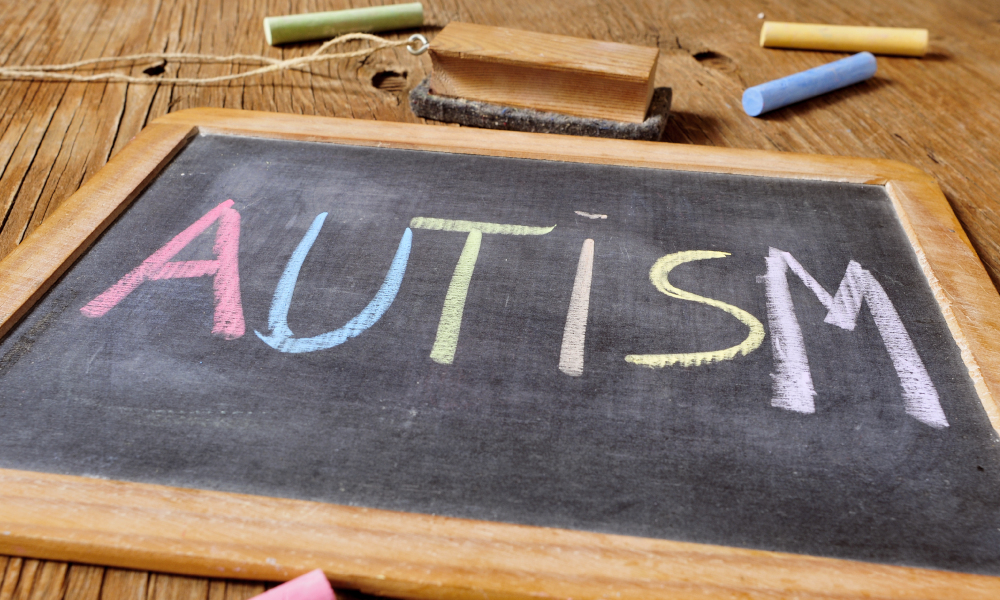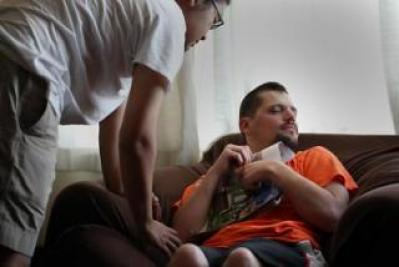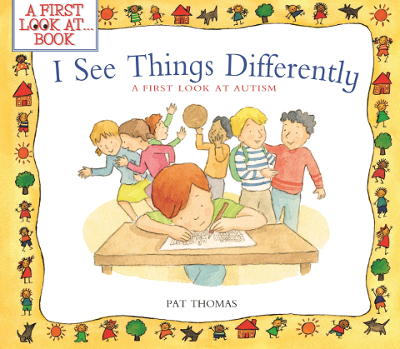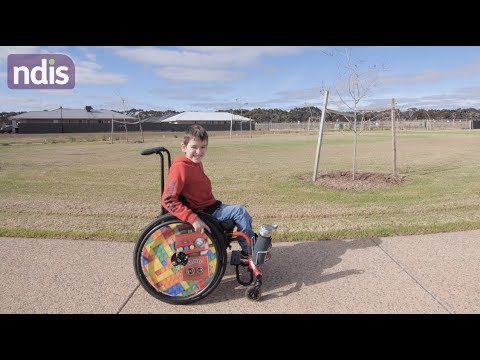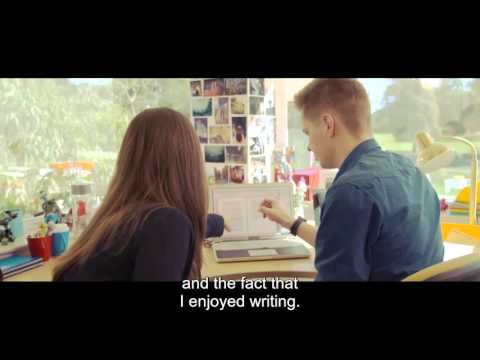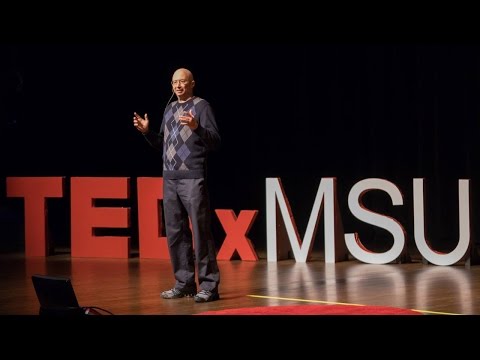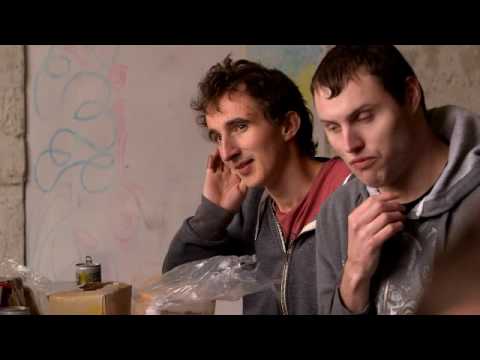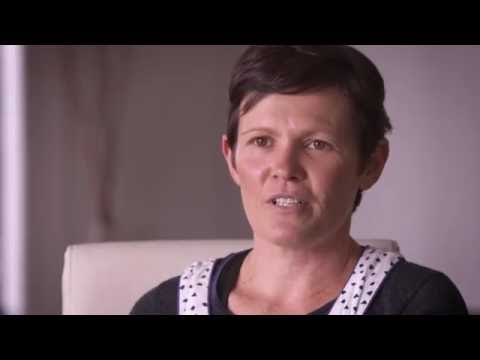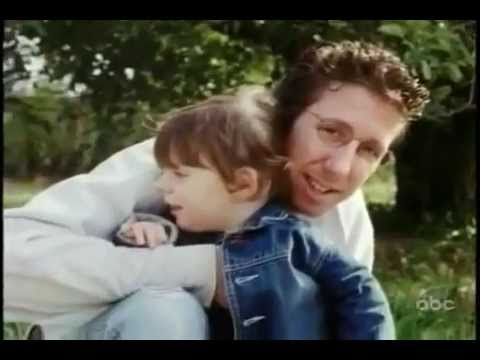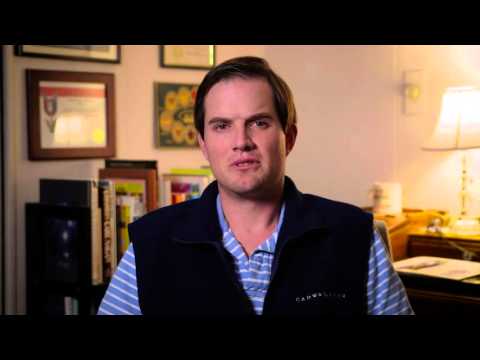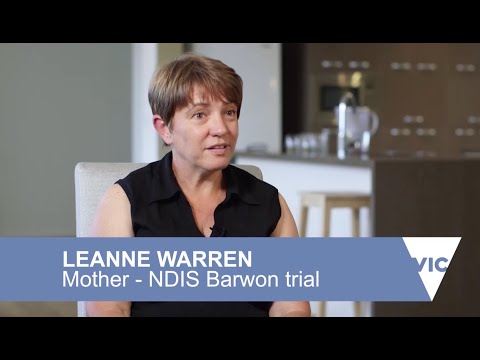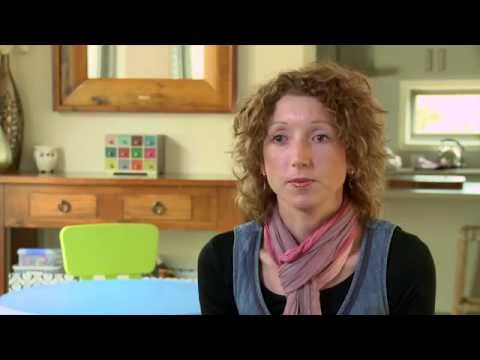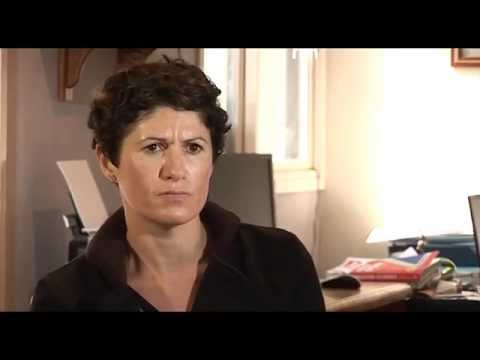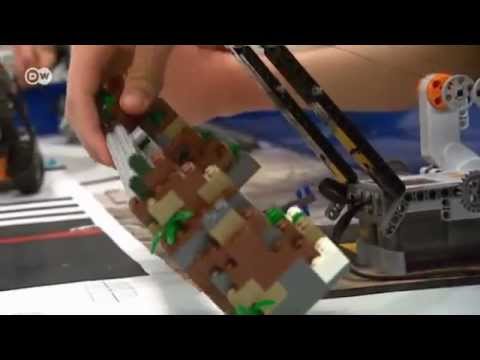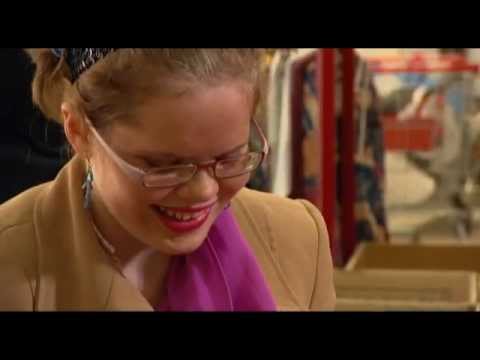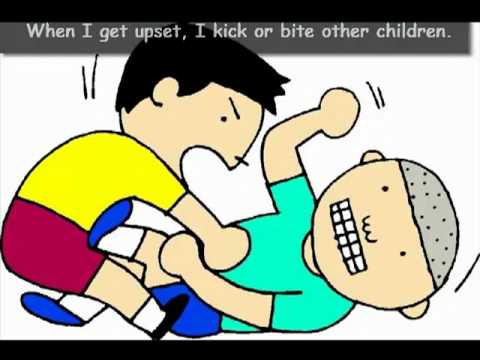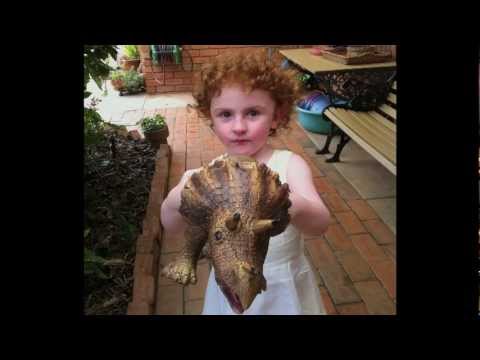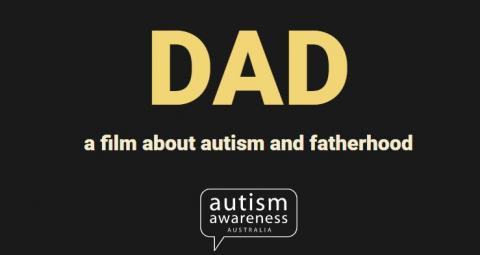Autism is an invisible disability that affects how people make sense of the world around them, and the communications and interactions they have. IDEAS have put together five facts about Autism, to help spread awareness.
1. Types of Autism
There are many different types of Autism, including:
- Asperger’s Syndrome
- Childhood Disintegrative Disorder
- Infantile Autism
- Kanner’s Autism
- High functioning Autism
- Atypical Autism
- Pervasive Developmental Disorder not otherwise specified
2. Symptoms
It is a spectrum disorder, which means the symptoms can range from mild to severe. Symptoms are typically recognised during the second year of life. Common symptoms include:
- Trouble interacting with and communicating with others. For example, lack of eye contact, have little to no enthusiasm in sharing interests or emotions, and difficulties understanding and using gestures, body language, and facial expressions.
- Stereotyped and repetitive speech, movements or use of objects such as lining up toys, flapping hands and repeating words or phrases.
- Narrow interests like only playing with certain toys or discussing certain topics.
- Sensitivity or non-sensitivity to sounds, pain and textures.
- Inflexible attachment to routines, patterns or behaviour. For example, only eating certain foods, travelling the same way to school each day and becoming distressed at changes.
It is important to remember that there is no set symptom for each person. Every person is unique and will have different symptoms to another.
Language delay may also be common with ASD, but may occur with other diagnoses being not exclusive to autism.
Autism presents differently in different people, while there are some shared characteristics, co-diagnoses profoundly affect how a person with autism functions.
Autism is an invisible disability, this can make it difficult for others to understand why and how a person may behave or react in a certain way.
3. Diagnosis
According to the NDIS, autism should be diagnosed by a specialist multi-disciplinary team. A pediatrician, psychiatrist or clinical psychologist. There are three different types of assessments that you can get for autism:
- Diagnostic Assessment: from 2 years of age. This is suitable for all ages to determine whether a child has autism. It includes a parent or family member interview, clinical observation, measure of functional assessment, a feedback session and a summary report.
- Screening and Early Development: from 12 months to 2 years of age. This is suitable for young children whose parents are concerned about their development. It includes a parent checklist, clinical observation, developmental assessment, a feedback session and a summary report.
- Review Assessment: from 4 years of age. This is suitable for individuals who have previously been diagnosed and require updated information about strengths, support needs, or at times of transition such as school entry and post-school planning. It includes a background interview with parents or carers, clinical observation, a measure of functional assessment and a report.
It is important to remember if you are concerned that your child is showing signs of ASD you should contact your child and family health nurse or GP.
4. Mental Health
People on the autism spectrum are more like than other people to experience mental illness. This is most commonly anxiety and depression. Here are some tips to combat mental health issues:
- Keep communication open, show empathy and do not rush into judgements.
- Take your child’s feelings seriously.
- Spend time with your child. Take an interest in their activities and encourage them to chat about what is going on in their life.
- Help them to build a support network beyond yourself.
- Reassure them if they need it. You will always be there for them.
- Provide routine, certainty, predictability and organisational strategies.
- Develop their ability to adapt to change.
- Develop their social skills and friendships.
5. Causes
What does and doesn’t cause autism? Autism is strongly genetic. Families that have one child with autism are at an increased risk of having another child with autism when compared with the general population.
- Research suggests it is a combination of developmental, genetic and environmental factors. It cannot be blamed on one single factor, but several of them.
- Older parents (45 years and older) may be a factor. Older Mothers and Fathers are at an increased risk of having a child with autism.
- During the 1950s to the 1970s autism was believed to be a psychological disorder. It was blamed on cold and uncaring parents, usually the mother. This has since been proven wrong by science. It is now recognised as a disorder of brain development with genetic links.
- In 2014, combining the results of 10 studies and over 1.2 million children, a meta-analysis found no link between vaccines and autism. The largest study included 537,703 children born in Denmark. It found that unvaccinated children were just as likely to develop autism as vaccinated children.
Info sourced from: Autism Awareness Australia
IDEAS does information so you can do life. We are a non-profit disability information provider. We provide information that is free, accurate and independent. Always. Connect with us today.

